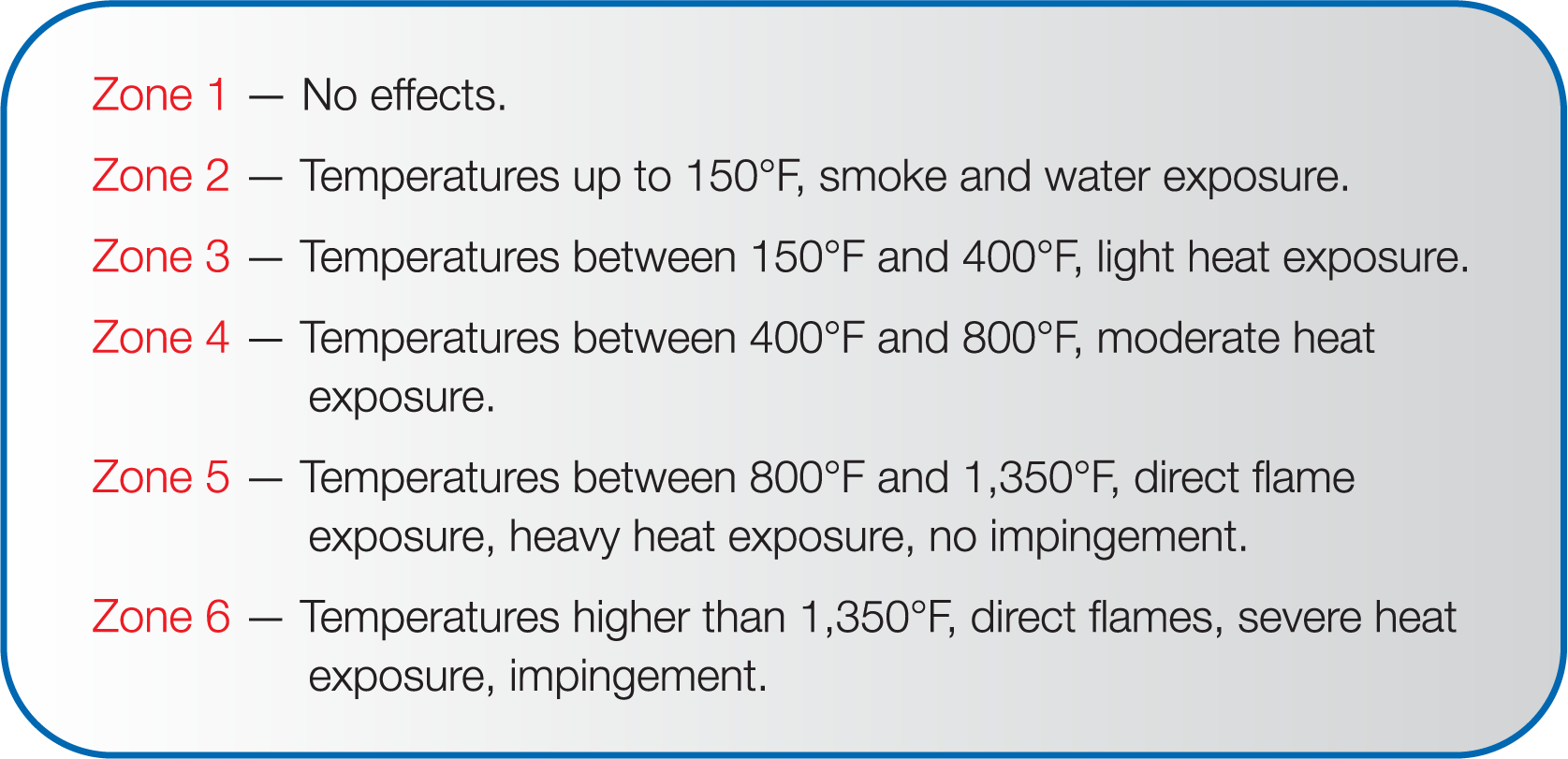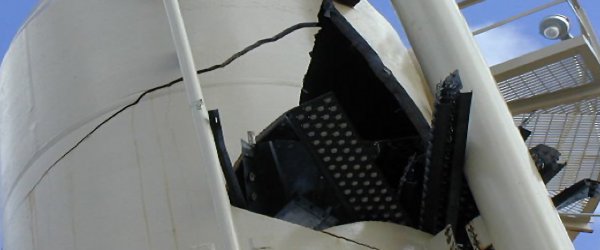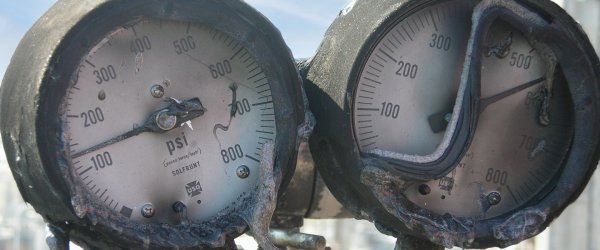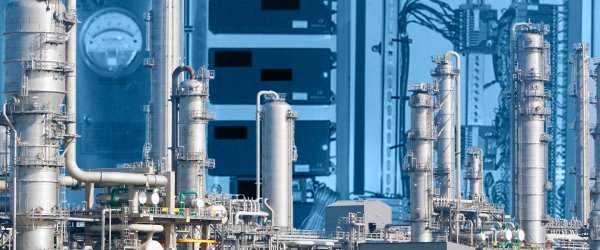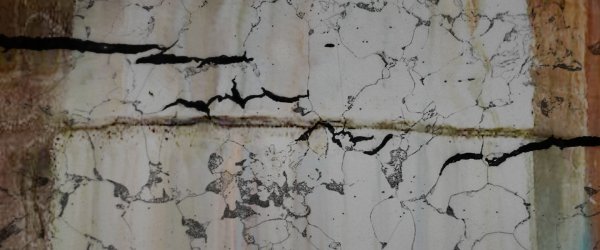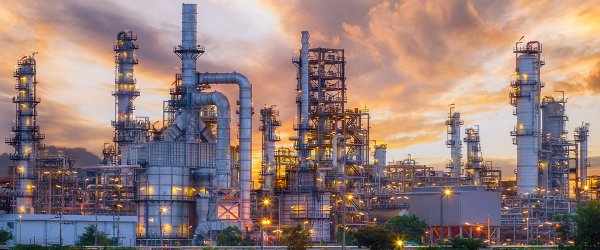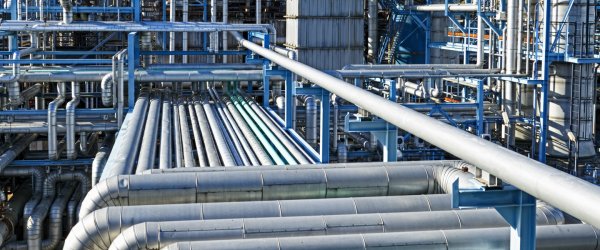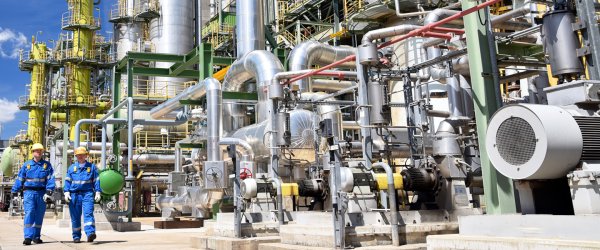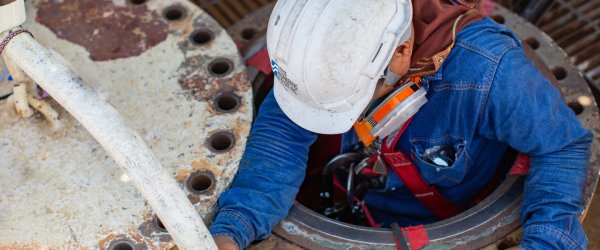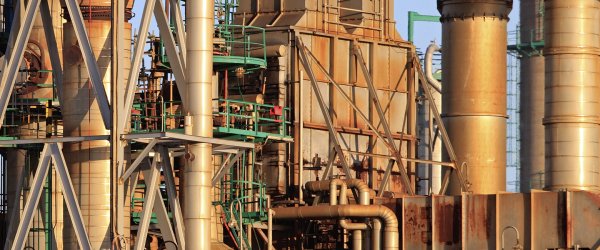Inspection
Level 1 assessments typically require only visual inspection, but for equipment requiring Level 2 or Level 3 assessment, inspection becomes more involved.
Hardness testing is the most frequently used type of non-destructive examination (NDE) in fire damage assessments. Heat exposure during a fire can either “harden” or “soften” the steel. “Softening” indicates a lower strength, while “hardening” indicates higher strength, less ductility, and increased brittleness in the steel.
Our experts develop specific inspection plans for each piece of equipment, enabling the client to complete the process as quickly as possible.
Scanning, Videography, and Drone Inspections
We provide both fixed position laser scanning and high-resolution metrology grade laser scanning.
Fixed Position Laser Scanning – 3D laser scanning of vessels and towers for deformation and plumb is performed with our FARO laser scanner. This high-accuracy scanner allows accurate characterization of shape and distortions in large vessels and towers. Because it is offered an in-house service, integration with our finite element analysis is seamless.
Handheld Metrology Grade Laser Scanners– The Creaform high-resolution laser scanner is our instrument-of-choice for high accuracy scanning of smaller features and is used to characterize local deformations and even severe pitting. Once again, because it is offered an in-house service, there is a smooth integration with subsequent analysis.
Drone Photography / Videography and Scanning – Scene documentation and visual inspection is enhanced, and safety increased, with our high-resolution drone inspection capabilities and FAA licensed pilot.
Level 1, 2, And 3 Assessments
Whereas Level 1 fire damage assessment is relatively simple, Level 2 and Level 3 assessments require our expertise and an understanding of materials, mechanics, and plant conditions to ensure the problem is neither over-simplified nor over-analyzed.
